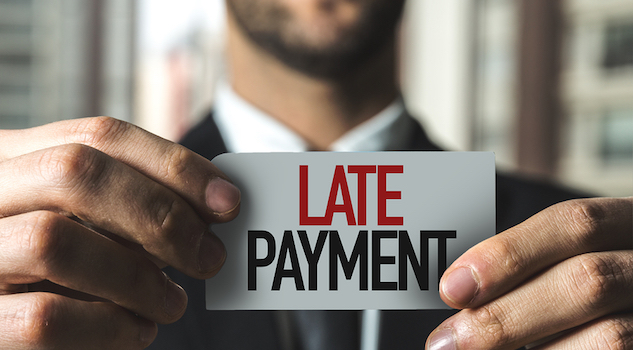Asking clients to pay invoices, particularly overdue ones, can be an awkward conversation. Many of us are guilty of avoiding the potentially tricky situation by putting it on the backburner for as long as possible, but being able to effectively manage invoices could see your cashflow doubled, if not tripled.
Chasing people for payment has got to be among the most unpleasant aspects of running a business. We don’t want to be seen as pushy, even with late payers, and we feel it puts our client relationships on a knife edge.
But the truth is, you have to do it. According to recent data from credit reporting agency, Dun & Bradsheet, on average Australian businesses pay their invoices 14.6 days late. This puts massive pressure on cashflow, regardless of whether it’s growing or just keeping afloat.
You’ve done the right thing by your client, now it’s time you receive your hard-earned cash so you can put it where it matters most – your business.
Set the stage
Set up a clear invoice-management strategy. Include payment terms and conditions in your contracts and invoices, and train your staff on your payments policy so they can establish expectations upfront.
Break the ice before it melts
Like first impressions, your first reminder is key, so don’t delay it. Stay on top of your invoices so as soon as one becomes overdue you can start communicating about paying up.
Business owners who delay the first reminder can become increasingly frustrated as the invoice continues to age. Give your client an early opportunity to settle their debt so you can both move on.
It all begins with an email
Start the conversation with a polite email reminder. Often, your client has simply been bogged down with their day-to-day and overlooked their bill. This approach is a non-threatening way to put your invoice back on the radar, without embarrassing your client.
Pick up the phone
It’s easier to ignore an email that it is a person on the phone. Speak directly to the person in the business who can action your account (make sure you keep these contact details in your client database). Keep your tone professional and polite.
Hit back on excuses
Anticipate their excuses and stay on the front foot by countering them with options to pay you. You didn’t receive my invoice? Here’s a copy, in fact, I can send you a statement of all overdue invoices. You need to pay by credit card? No problem, I’ll send you the link to pay online. You can’t pay it all at once? Let’s talk about a payment plan.
Be clear about the consequences
Whether you’re communicating with your clients via email, SMS, phone or letter, at some point (generally once a few reminders have been sent) you’ll have to stop chasing them. Let them know of your intention and make sure to notify them of your next actions, whether it is outsourcing the matter to a debt collection or legal agency, or that you’ll be applying penalties such as limiting credit or ceasing trade with them as per your contract.
A simple thank you
If and when you get over the hurdle of chasing, remember to thank your client for paying. This is a simple and overlooked action, but a hugely powerful way of reinforcing your client’s payment behaviour. You can send a thank you email after a payment is received, or for clients that have struggled to pay you and eventually do, pick up the phone and say “Thanks, I, appreciate it”. It sets the tone for the next transaction.
Have the conversation early
Don’t wait until you have a late payments problem to have the conversation: check in with your clients to see if they are satisfied with your goods or services, resolve disputes quickly, build trust. Keep the lines of communication open from the get-go, so you can get ahead of problems before they snowball.
AJ Singh, Managing Director, ezyCollect











